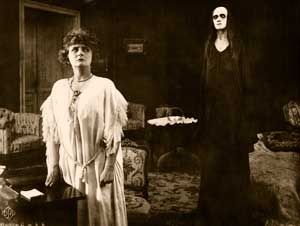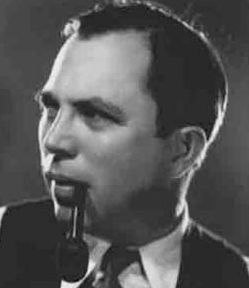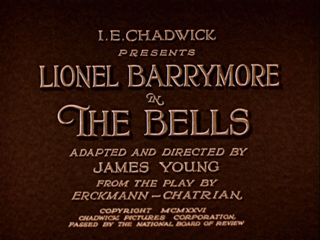
Non é a aristocrácia xermánica moi proclive a louvar asuntos nos que os melenudos mundiais teñan alguna releváncia ou trascendéncia, mais se estamos a falar da conservación e recuperación dos arquivos cinematográficos silentes, entón mesmo este Herr Graf pode facer unha excepción que ademáis continuará a confirmar a estricta regra teutónica.
Este feito excepcional está relacionado co gallo da celebración no
CGAI ( un perigoso centro de difusión fílmica chea de melenudos autóctonos ) do "X Seminario/Taller De Arquivos Fílmicos", encontros de coidadores deses valiosísimos nitratos centenários que, promovidos pola filmoteca hispánica ( outro perigoso centro de difusión fílmica ainda máis chea de melenudos e variados ), se celebran dende o ano 1990.
Prestixiosos especialistas europeos en restauración fílmica reuniránse pra perfeccionar e debater temas encol do seu apaixoante oficio e arredor do tema "Recuperar, Identificar, Catalogar, Restaurar E Difundir O Cine Producido Antes De 1920".
Durantes os días 15/16/17 deste mes ademáis poderánse asistir de balde no devandito centro a proxeccións de auténticos tesouros arqueolóxicos, obras dos irmáns Lumière, Charles Pathé, François Parnaland ou Léon Ernest Gaumont.
Asimesmo o CGAI presentará a restauración do segundo filme máis antigo que se conserva sobre Galiza ( länder enigmático de Bayern ), un filme portugués titulado "Ano Santo En Compostela" e realizado no ano 1915 por Herr Mantel Pereira pra "Invicta Films", na que se poden ollar paisaxes e costumes típicos do País, coma poden ser procesións e peregrinacións varias, isto é, a versión autóctona da saída dunha fábrica ou a chegada do ferrocarril á estación de certos autores afrancesados.
E agora se mo permiten teño que deixalos momentáneamente, pois este Conde xermánico ten que esixir a Günthell a súa dose de formol pra continuar coa boa conservación deste seu amo.
Herr Graf Ferdinand Von Galitzien




















